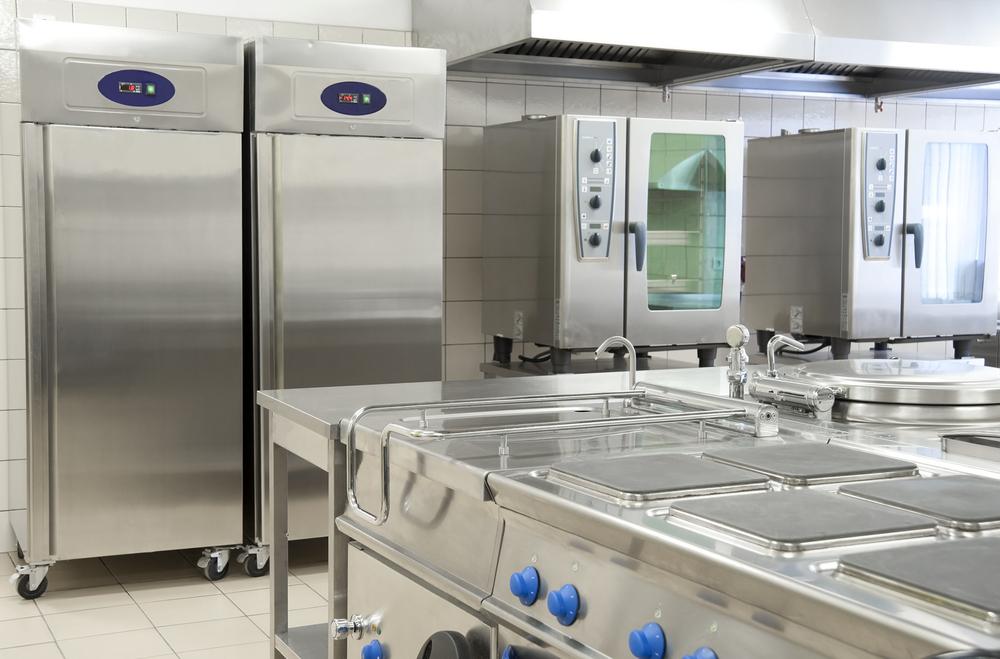In the fast-paced, high-demand world of commercial kitchens, have you ever paused to consider the impact of your cooking appliances on energy usage and costs? How about the role these stout workhorses play in the wider global issue of sustainable resource use? In the face of escalating energy prices and rising environmental concerns, these questions merit serious consideration. This blog post is designed to throw light on the importance of energy efficiency in commercial cooking equipment. Whether you’re a business operator looking to slash those sky-high utility bills, or a mindful consumer striving to adapt to more sustainable practices, understanding the energetic footprints of your cooking appliances is the first stepping stone.
Electric grills, massive fryers, high-speed ovens—the commercial kitchen is an arena bustling with a broad repertoire of power-hungry appliances. Rightly so, for the voracious energy demands of this environment are driven by the need to produce copious amounts of food, swiftly and constantly. Yet, a crucial question remains – at what cost? The ensuing discussion critically explores this question, delving into the nitty gritty of energy consumption patterns in commercial cooking equipment and the burgeoning importance of energy efficiency in this sphere.
Understanding Energy Efficiency in Commercial Cooking
Know this – ‘energy efficient’ is not just any marketing buzzword slapped onto newer models of appliances. It’s a veritably quantifiable attribute that denotes your cooking equipment’s capability to deliver the maximum culinary output for the minimum energy input.
Not only do energy efficient appliances translate into lower energy bills but they also bring along a host of intangible benefits. These span from reducing dependency on finite natural resources and easing the strain on national power grids, to contributing toward more sustainable food service practices.
Moreover, in an industry buffeted by increasing competitiveness, embracing energy efficiency can pave the way to stand out from your competitors. It projects your brand as environmentally responsible, a trait that has become critical in appealing to the modern, environmentally-conscious consumer.

The Significance of Energy Star Ratings
Underpinning the notion of energy efficiency in commercial cooking equipment is the universally recognized Energy Star rating. This classification system, developed by Environmental Protection Agency and Department of Energy, objectively scores appliances based on their energy consumption.
Energy Star certified appliances are those that meet or exceed a set level of energy performance. They effectively employ advanced technologies to deliver traditional functionality, albeit at significantly reduced energy inputs.
Bearing this logo signifies that the appliance excels in energy performance, thus guaranteeing businesses long-term energy cost savings and contributing to environmental protection.
Pros and Cons of Energy Efficient Cooking Appliances
While the benefits of incorporating energy efficient cooking appliances in commercial kitchens seem manifold, it’s important to evaluate the potential drawbacks before making the investment.
On the bright side, the most obvious advantage is the substantial reduction in energy expenses. Over time, these savings can often exceed the initial higher investment cost. Energy efficient appliances also run cooler, improving the workplace comfort and potentially extending the equipment lifetimes.
However, the higher upfront cost of these appliances can deter some businesses. While the differences in their functionality and maintenance compared to the traditional models could necessitate a learning curve and potential workflow disruptions.
Case Studies of Energy Efficient Cooking Equipment
Seeing is believing. Plenty of business operators are suspicious of the lofty promises of energy savings until they witness it first-hand.
Providing powerful real-world examples, several businesses have catapulted their energy savings through strategic equipment upgrades. A popular restaurant chain, for instance, could shave off $12,000 annually on energy usage by switching to an energy-efficient charbroiler.
Simultaneously, a well-known university, by replacing their traditional steam cookers with Energy Star certified ones, cagily cut down electricity usage by 50%.
The Future of Energy Efficiency in Commercial Kitchens
Looking ahead, the drive for energy efficiency in commercial kitchens is unlikely to abate. In fact, it’s projected to escalate, fueled by rising energy cos ts, intensifying environmental regulations, and growing consumer demand for sustainable practices.
No longer an optional fringe benefit, energy efficiency is an integral part of successful and responsible business operations. An ambitious leap towards energy-efficient cooking equipment today equals a giant stride for energy savings and a more sustainable tomorrow.
Conclusion
All washing, roasting and toasting aside, the weighty truth is this— energy efficiency matters. It matters to your bottom line, to your consumers, and to the planet. In the region of commercial food services, where equipment energy consumption accounts for the lion’s share of total energy cost, its significance assumes even further prominence.
Adopting energy-efficient appliances in commercial kitchens isn’t merely about staying in step with trendy sustainability lingo. It’s about making a prudent investment that pays back in the form of reduced energy costs. It’s about contributing to a larger global movement championing efficient resource utilization. Above all, it’s a clarion call to reckon with the environmental impact of our food processes and making responsible choices. The case, dear readers, is clear. When it comes to commercial cooking equipment, energy efficiency isn’t just worthy of consideration—it’s an absolute necessity.



